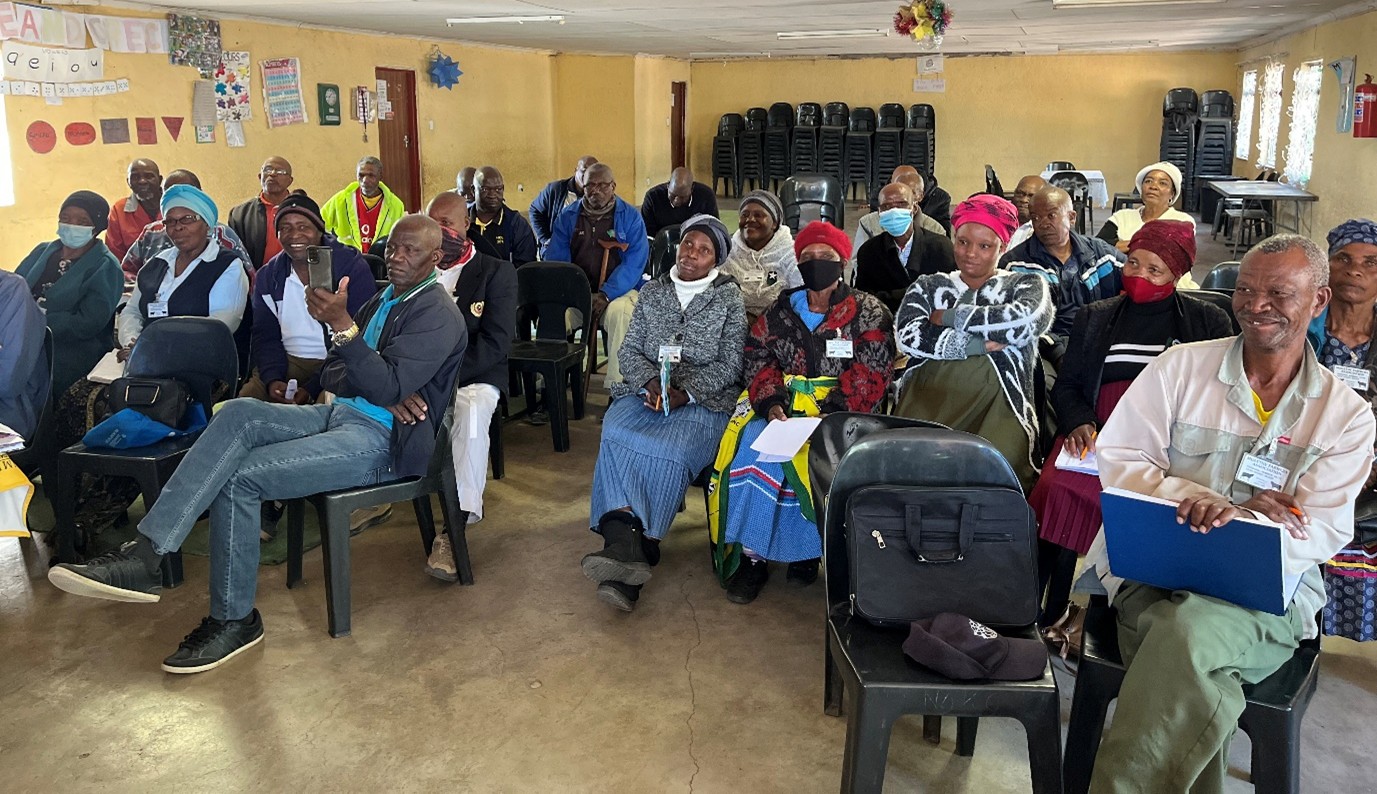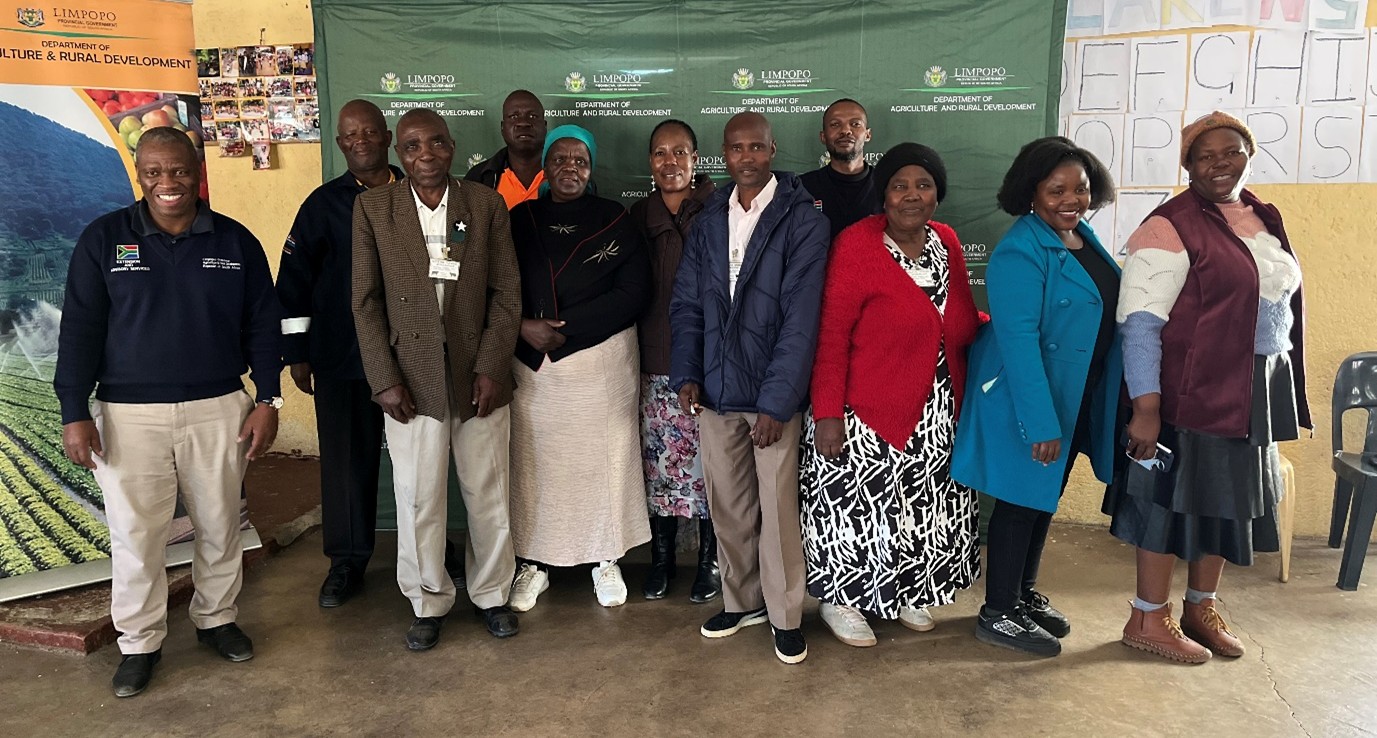By Maphuti Machabaphala

As the climate conditions continue to worsen, more often are subsistence and small holder farmers who take the knock, due to extreme and irregular weather patterns. In an attempt to mitigate the impact, the Capricorn Northwestern Agro Ecological Zone held a capacity building and the correct approaches to climate smart with livestock farmers of Moletjie Farmers Association. The capacity building session, which benefited livestock farmers from 96 villages, was held at Moletjie Ga-Ngwetšana under the Polokwane Municipality.
The essence of the event was to capacitate the farmers’ association on herd management, disaster management and environmental care as a focal point of the information sharing session, said Reginald Kekana.
In farming practices, there are always risk and challenges associated with weather patterns such as droughts, floods and extreme cold temperatures that need responsive measures in place, said Funzani Makhananisa.
In her presentation on disaster and risk management on livestock, Funzani stressed that the responsive measures include contingency water storage in place should drought occur and lucerne in case the fields run dry due to extreme weather. She appealed to livestock farmers to always plan as it is imperative when times of distress arrive, given the winter as example that they should make feeds and salt lick for the winter season due to limited food sources and scarcity of water.
Funzani advised the farmers to have an identified market for the livestock, and to herd with an objective of either selling for meat, animal skin, milk or genetics. She stated that they should avoid feeding the livestock the grounded remains after maize harvesting because it disturbs the soil structure and breaks it down even further.
In her closing remarks, she enlightened the local farmers that according to research by the Agricultural Research Council (ARC), the seasonal forecast for winter indicates that from May to September 2025, the Capricorn District is expected to receive mostly below normal rainfall early-mid and late winter, which meant that the farmers should plan ahead for water and feeds to keep the animals in good condition and well-nourished regardless of the scarcity.
Lehumo Mokgotho, a young livestock farmer and agricultural graduate presented on breeding and nutrition. He highlighted that his main commodity is goat and sheep meat. Mokgotho outlined the various grades and what influences the class of the meat with consideration to fat content, tenderness and age of the meat.
In closing, he mentioned that they also farm maize, which is used as a supplement for the animals, and he encouraged the farmers to invest in the nutritional guideline to allow for the farmers to know what pastures conventional and unconventional feed sources are to make the best decision for their livestock with the goal of attaining the best results from the said breed.



